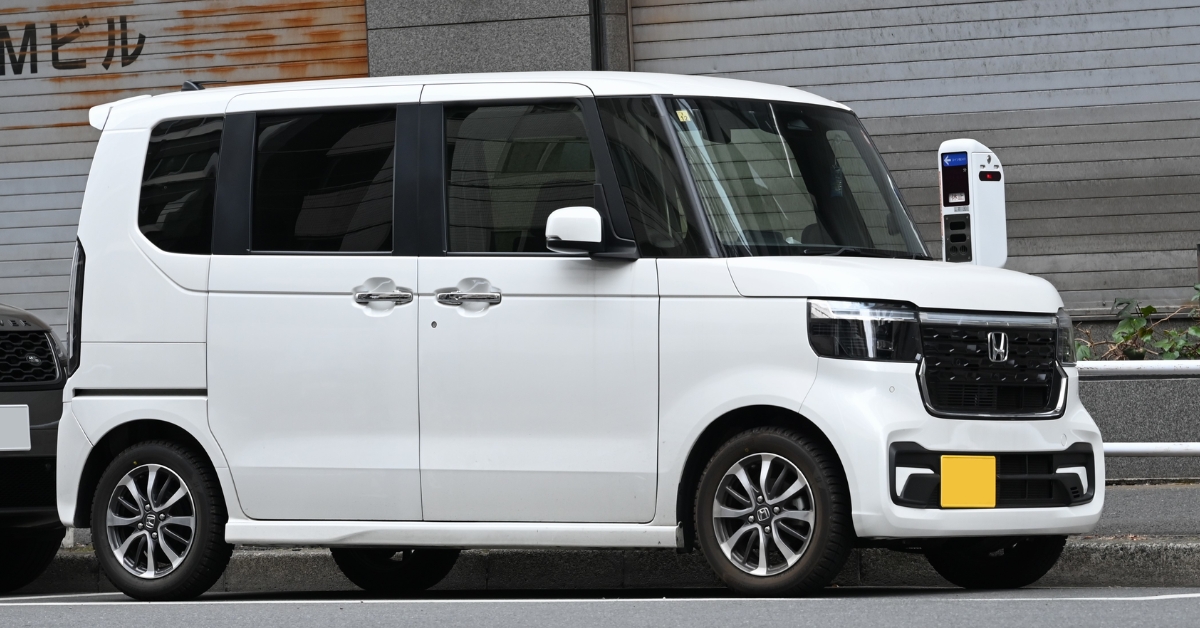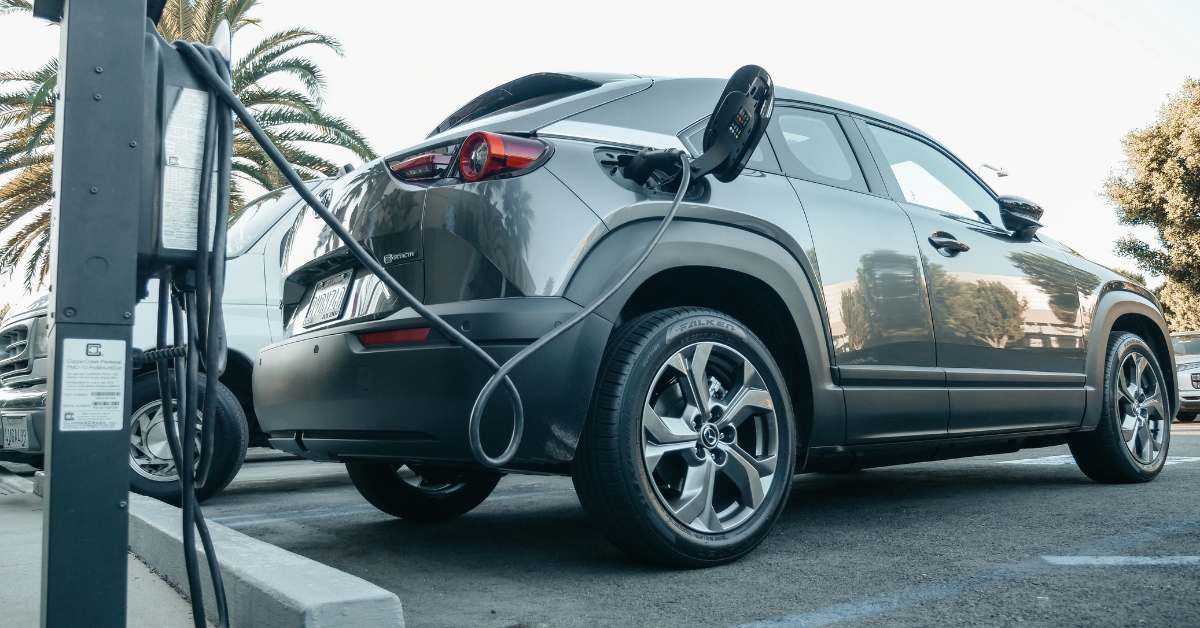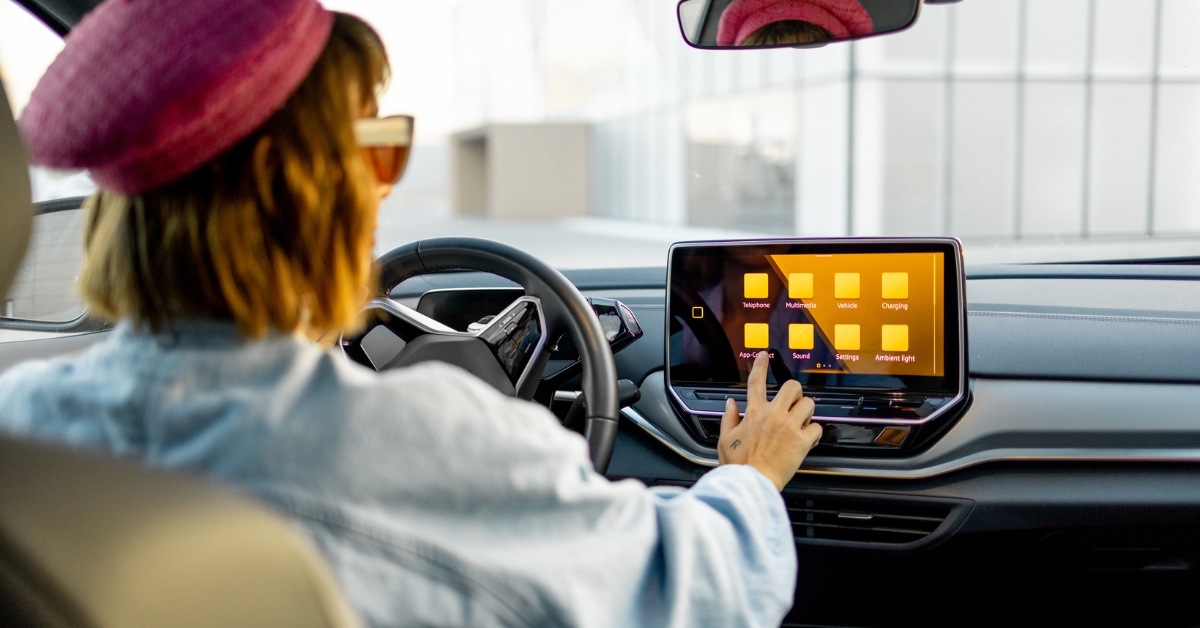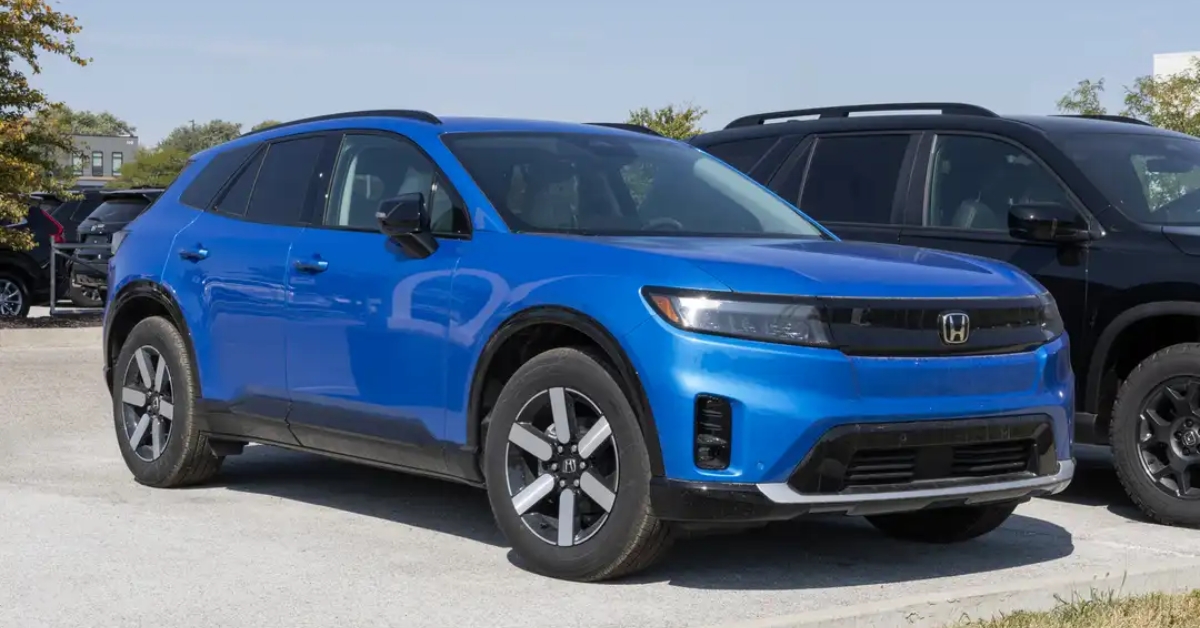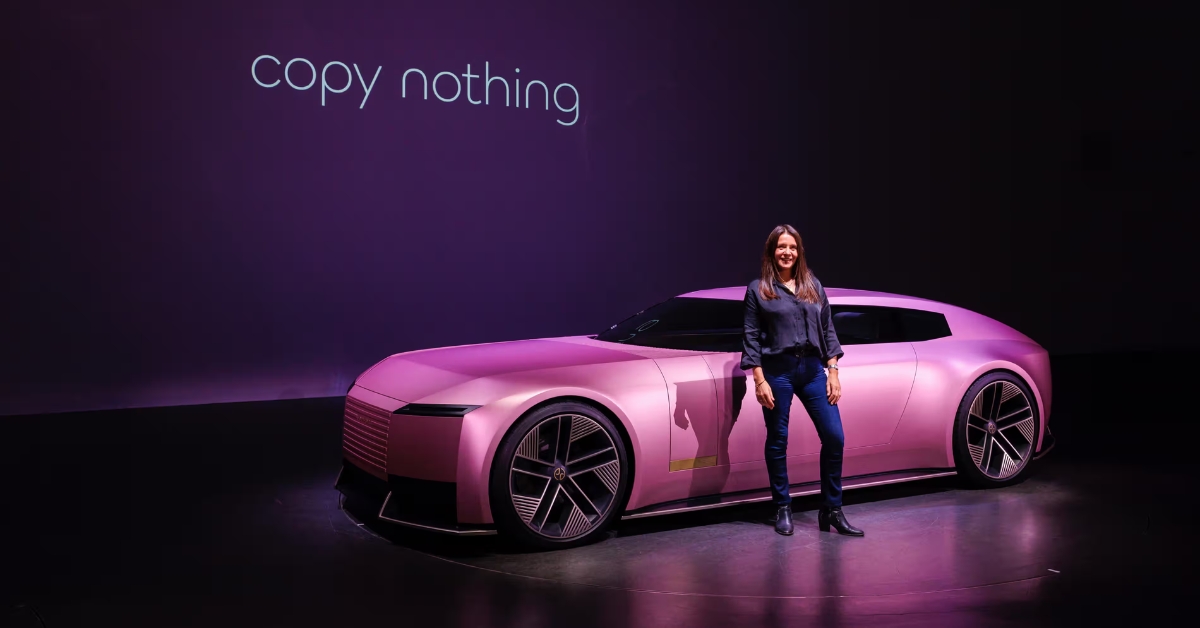Toyota and NTT invest $3.3 billion in AI for autonomous driving to enhance safety and set a new standard for self-driving technology.
Table of Contents
Tokyo, Japan: Toyota Motor Corporation and Nippon Telegraph and Telephone Corporation (NTT) have announced a significant partnership to advance artificial intelligence (AI) in self-driving car technology.
The two Japanese giants are investing 500 billion yen ($3.26 billion) in research and development to revolutionize autonomous driving and enhance road safety.
The joint project will focus on developing cutting-edge automotive software that leverages AI to prevent road accidents by autonomously controlling vehicles in critical situations.
By processing data from traffic environment sensors in real-time, the AI-driven system aims to predict and respond to potential accidents more quickly and accurately than human drivers.
Leveraging AI to Prevent Accidents
Toyota and NTT’s collaboration seeks to create an intelligent driver assistance system that can take control in critical moments, reducing the risk of accidents and improving road safety.
The envisioned AI-based system will process massive amounts of data from various sensors, allowing vehicles to respond to changing traffic conditions in real-time.
This approach represents a broader effort to use advanced technology to make driving safer as autonomous driving continues to grow in popularity.
The new system will utilize NTT’s Innovative Optical and Wireless Network (IOWN), a next-generation optical communication platform that will help manage the data-intensive requirements of autonomous driving systems.
What Is IOWN and Why Is It Important?
NTT’s IOWN platform is a cutting-edge communication technology that uses light rather than traditional electrical signals.
This boosts communication capacity while lowering power consumption, a critical factor for the large-scale data processing required by self-driving vehicles.
The IOWN platform is also expected to support 6G wireless communication, succeeding the current 5G standard and providing faster, more reliable connectivity for autonomous vehicles.
From 5G-Connected Cars to Smart Cities
The partnership between Toyota and NTT began in 2017 with an initial focus on 5G-connected car technology.
It expanded in 2020 to include an innovative city project that aimed to integrate advanced connectivity and AI in urban environments.
Since 2021, Toyota has been incorporating hands-free driving features in its Mirai fuel-cell vehicles as part of its push towards autonomous driving.
The new $3.3 billion investment is a significant step forward, aimed at making self-driving cars safer and more effective.
Targeting 2028 for Full Deployment
Toyota and NTT plan to have a fully functional AI-driven autonomous driving system by 2028.
They also intend to offer this technology to other automakers, aiming to set a new industry standard for safety in self-driving cars.
The ambitious timeline highlights both companies’ confidence in their joint technology’s potential to reshape the autonomous driving industry.
Competing in the Global Autonomous Driving Market
This collaboration is part of a strategic effort by Japanese automakers to gain a foothold in the fiercely competitive autonomous driving market, currently dominated by Tesla and several Chinese companies.
Toyota and NTT are betting on the system’s emphasis on safety and reliability to differentiate it from competitors.
Additionally, Toyota recently expanded its partnership with Hyundai to explore other future mobility solutions, including hydrogen fuel-cell vehicles and humanoid robots.
These initiatives underline Toyota’s commitment to being a leader in autonomous driving and broader innovative mobility solutions.
A Vision for the Future
The joint venture between Toyota and NTT is more than just a commercial partnership; it is a vision for a safer and more technologically advanced future.
By integrating AI with next-generation communication technology, the companies aim to create a world where self-driving cars can react faster and more effectively to changing road conditions, ultimately saving lives and reducing accidents.
The system is expected to be operational by 2028, and both Toyota and NTT are planning to make it available to other automakers, promoting widespread adoption of safer autonomous driving solutions.
The partnership aims to set new mobility benchmarks by combining NTT’s advanced communication capabilities with Toyota’s automotive expertise.
Conclusion
The $3.3 billion investment by Toyota and NTT is a bold move to advance AI and communication technologies for self-driving cars.
The companies are positioning themselves to compete with current leaders like Tesla, paving the way for a new era of safer, more intelligent vehicles.
With a working system ready by 2028, this collaboration is expected to redefine car safety and revolutionize autonomous driving.
Stay tuned for further developments in this exciting partnership.
For more updates on the future of automotive technology and the latest in autonomous driving, visit our website.
Toyota-NTT Collaboration Timeline
| Year | Key Milestone |
|---|---|
| 2017 | Began collaboration on 5G-connected car technology |
| 2020 | Expanded partnership to include smart city projects |
| 2021 | Introduced hands-free driving features in Mirai fuel-cell vehicles |
| 2023 | Announced $3.3 billion investment in AI for self-driving cars |
| 2028 | Target year for operational AI-based autonomous driving system |

